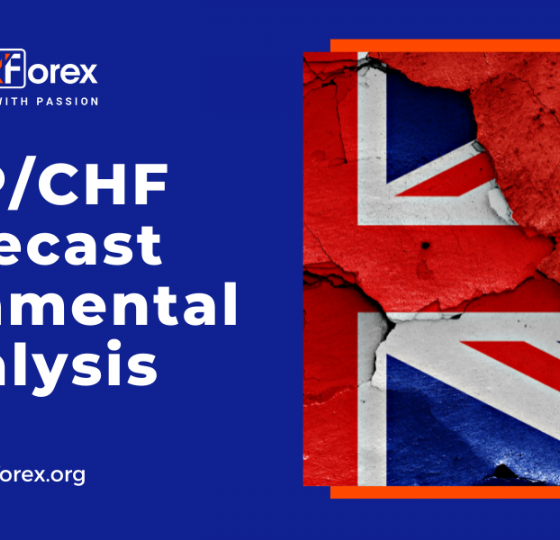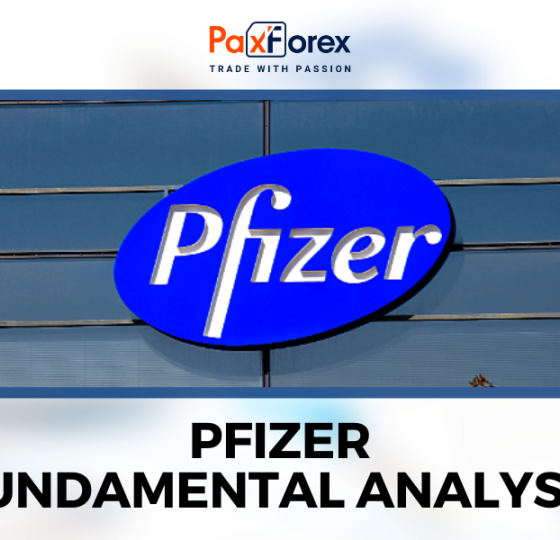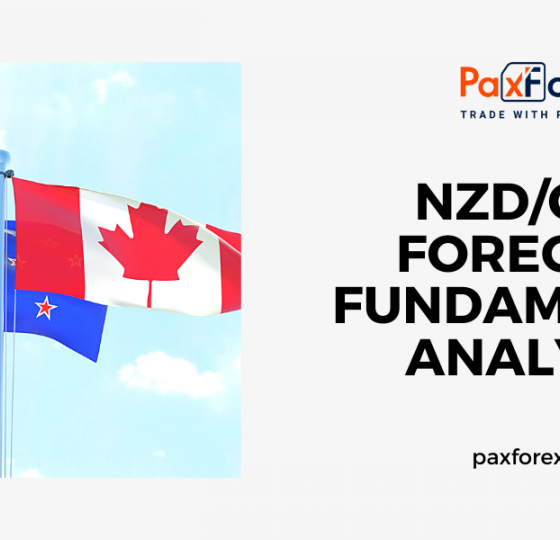
Source: PaxForex Premium Analytics Portal, Fundamental Insight
The Federal Reserve’s rate-cutting cycle is shifting investor sentiment significantly. With fixed-income yields declining, institutional investors are pivoting to dividend-paying stocks, particularly those that offer strong valuations and above-average yields. High-yield dividend stocks have even outpaced the S&P 500 in 2024, highlighting an environment where Pfizer’s 5.9% dividend yield and low valuation become especially appealing.
Despite Pfizer’s promising yield, its stock has lagged behind, down by 2.43% in 2024 while the S&P 500 surged 21.4%. Trading at just 9.4 times forward earnings, Pfizer's valuation remains well below the sector average of 17 times. Wall Street’s caution is largely due to Pfizer’s uneven COVID-19-related revenues, competitive pressures in key areas like oncology, and recent business developments. However, beneath the current pessimism lies a potential transformation story that investors might be overlooking.
Pfizer’s non-COVID product revenue showed impressive growth last quarter, rising 14% operationally. Notably, the oncology division delivered exceptional results, with revenues jumping 31% to $4 billion, making Pfizer the third-largest biopharma company in oncology through the first half of 2024. The recently acquired Seagen portfolio added $854 million to these gains, fueled by the strong uptake of Padcev, which has become the leading first-line treatment in the US for advanced urothelial cancer when used with Merck’s Keytruda (pembrolizumab). Additionally, Pfizer’s Vyndaqel family revenues rose by 63%, driven by increased diagnosis rates and improved patient access, with the therapy now reimbursed in 44 global markets.
Another standout performer was Eliquis, the top-selling anticoagulant, with sales climbing by 9% operationally due to the expanded adoption of oral anticoagulants and increased market share in the US and Europe for treating non-valvular atrial fibrillation. These strong financial results demonstrate Pfizer’s ability to pivot from a reliance on COVID-related revenue toward sustainable, long-term growth drivers. As Pfizer’s oncology franchise continues to expand and its established products gain ground, the company’s discounted valuation appears increasingly at odds with its operational performance.
On the cost-saving front, Pfizer’s management is set to achieve $4 billion in net cost reductions through a realignment program by year-end, along with an additional $1.5 billion in manufacturing optimization savings targeted by 2027. This commitment to operational efficiency underlines Pfizer’s focus on disciplined cost management. The company’s transformation efforts extend beyond cost-cutting: Pfizer has effectively integrated Seagen, establishing a comprehensive oncology research team while retaining critical talent and accelerating its pipeline development. Additionally, the recruitment of respected research analyst Andrew Baum aims to optimize Pfizer’s research investments and guide future business strategies.
Despite Wall Street’s cautious outlook, Pfizer’s core business shows considerable strength. Its shift to oncology as a primary growth driver is advancing quickly post-Seagen acquisition. Pfizer’s strong performance in clinical trials for new oncology treatments and vaccines suggests its steep discount, relative to industry peers, may be unjustified.
As the Federal Reserve’s rate cuts continue to drive investor rotation into high-yield dividend stocks, Pfizer stands out as a compelling option. While challenges remain - such as an approaching patent cliff - Pfizer’s transformation is well underway, offering an attractive risk-to-reward profile for long-term investors. Its substantial dividend yield also makes it an appealing choice for income-focused investors. With disciplined cost management, expanding oncology leadership, and significant innovation potential, Pfizer is positioning itself as a strong buy opportunity in today’s evolving market landscape.
As long as the price is above 27.00, follow the recommendations below:
- Time frame: D1
- Recommendation: long position
- Entry point: 27.69
- Take Profit 1: 29.00
- Take Profit 2: 30.00
Alternative scenario:
If the level of 27.00 is broken-down, follow the recommendations below:
- Time frame: D1
- Recommendation: short position
- Entry point: 27.00
- Take Profit 1: 26.00
- Take Profit 2: 25.00













